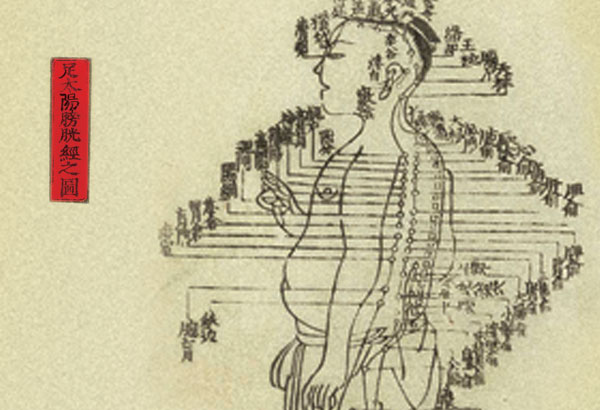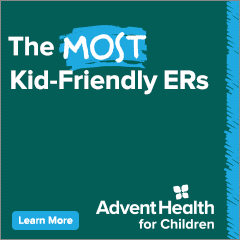Alternative Medicine
 The phrase “alternative medicine” might make you think of pungent herbal teas, poultices, chanting, or meditation. In fact, both herbal remedies and meditation, as well as dozens of other treatments, fall under the heading of complementary and alternative medicine (CAM).
The phrase “alternative medicine” might make you think of pungent herbal teas, poultices, chanting, or meditation. In fact, both herbal remedies and meditation, as well as dozens of other treatments, fall under the heading of complementary and alternative medicine (CAM).
Although there is no strict definition of alternative medicine, it generally includes any healing practices that are not part of mainstream medicine — that means any practice that is not widely taught in medical schools or frequently used by doctors or in hospitals.
But the boundaries of alternative medicine in the United States are constantly changing as different types of care become more accepted by doctors and more requested by patients. A few practices (such as hypnosis) that were dismissed as nonsense 20 years ago are now considered helpful therapies in addition to traditional medicine.
So, are alternative medicines right for your family?
Types of Alternative Care
In the United States, the lead agency that’s charged with scientific research into CAM is the The National Center for Complementary and Alternative Medicine at the National Institutes of Health (NIH).
NIH classifies four general areas of complementary and alternative care:
- Mind-body medicine. This includes practices such as meditation, prayer, Tai Chi, and music therapy, which are intended to develop the mind’s ability to affect physical symptoms.
- Biologically-based practices. This includes substances such as herbs, foods, vitamins, and dietary supplements that are geared to help heal the body. Herbal remedies include a wide range of plants used for medicine or nutrition. They are available in grocery stores, over the Internet, in health food stores, or through herbalists and are often in the form of teas, capsules, and extracts. The U.S. Food and Drug Administration (FDA) does not regulate these.
- Manipulative and body-based practices. These practices are based on the manipulation or movement of body parts. It includes methods such as massage therapy and therapeutic touch, which manipulate and realign body parts, to help alleviate symptoms. Chiropractic is also a method that focuses on the nervous system through “adjusting” the spinal column.
- Energy medicine. This area of medicine is based on the theory (which has not been proven scientifically) that certain energy fields surround and penetrate the body. This includes practices such as Reiki, qi gong, and therapeutic touch.
In many cases, there is overlap among each of these areas. Acupuncture, for example, is a healing practice that originates in traditional Chinese medicine. It involves stimulating different points in the body, mostly with thin solid metallic needles, in order to balance Qi, certain energy pathways.
How CAM Differs From Traditional Medicine
Alternative therapy is frequently distinguished by its holistic methods, which means that the doctor or practitioner treats the “whole” person and not just the disease or condition. In alternative medicine, many practitioners also address patients’ emotional and spiritual needs. This “high touch” approach differs from the “high tech” practice of traditional medicine, which tends to concentrate on the physical side of illness.
Most alternative practices have not found their way into mainstream hospitals or doctors’ offices, so your doctor may not be aware of them. However, new centers for integrative medicine offer a mix of traditional and alternative treatments. There, you might receive a prescription for pain medication (as you might get from a traditional health care provider) and massage therapy to treat a chronic back problem. Such centers usually employ both medical doctors and certified or licensed specialists in the various alternative therapies.
Can Alternative Care Help Your Child?
Many parents turn to a cup of chamomile tea or ginger as first-line treatment against the flu or nausea. Anxious kids can learn to relax with the help of meditation or yoga. Some alternative therapies may be helpful for a child when used to complement traditional care.
If you want to try alternative medicine for your child, you should first talk with your doctor or pharmacist to make sure it is not dangerous and will not conflict with any traditional care your child receives. Your doctor also can give you information about treatment options and perhaps recommend a reputable specialist.
By coordinating alternative and traditional care, you don’t have to choose between them. Instead, you can get the best of both.
This information was provided by KidsHealth®, one of the largest resources online for medically reviewed health information written for parents, kids, and teens. For more articles like this, visit KidsHealth.org or TeensHealth.org. © 1995- 2012 . The Nemours Foundation/KidsHealth®. All rights reserved.








